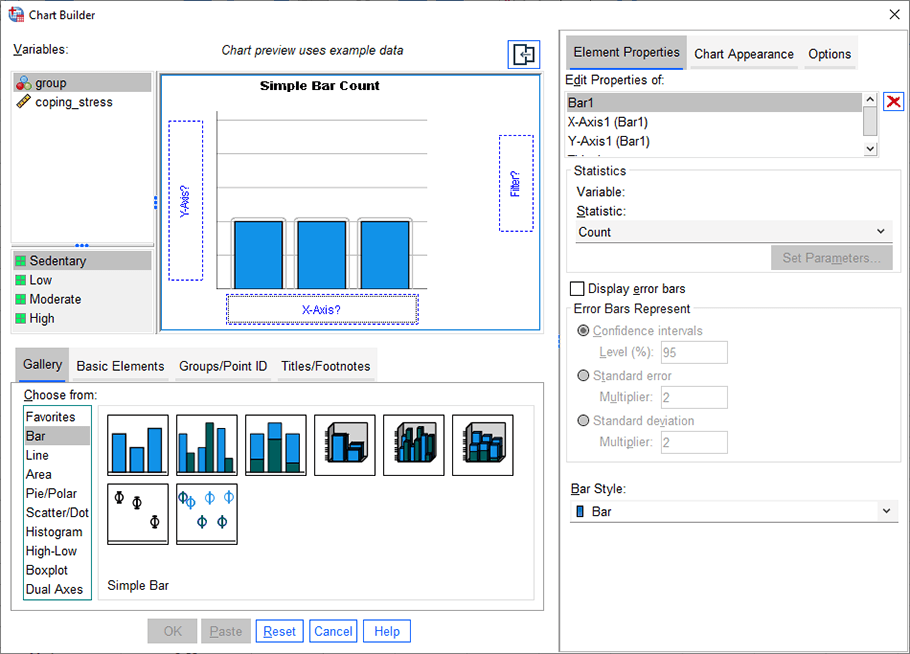
Label cell B1 with the name of the network followed by "_scaled_normalized". Determine which value has the largest absolute value and note the designation of this cell (e.g. Assess the smallest and largest values present at the top and bottom of the column, respectively. Then highlight column A and navigate to "Sort & Filter"-> "Sort Smallest to Largest". Label cell A1 with the name of the network from which the weight values were derived. Label the first sheet in this workbook "weight_value_conversions". Once this process has been completed, paste the single column containing all of the regulatory weights from the network into column A within a new excel file. One technique would be to transform the weighted adjacency matrix found in the "network_optimized_weights" tab into an edge list. Although these values can be extracted using various different methods, you want to end up with a single column containing each of the weight values. Once this has been done, extract regulatory weight values from the "network_optimized_weights" tab found in the GRNmap output sheet. Prior to beginning this analysis, use GRNmap to model the dynamics of the networks that you would like to analyze. Step 1: Preparing the Data for Input into SPSS Note: The instructions below were written using SPSS Statistics Version 21. The results of this analysis can be found here. Specifically, the protocol written below was used to visualize the weight distributions for db1-db6 using SPSS.
Using graph builder in spss how to#
You may find it easier to create a simple bar chart using the free Bar Chart Maker at StatsCharts.This page outlines how to generate histograms and cumulative plots showing the distribution of regulatory weights present in Gene Regulatory Networks (GRNs) modeled with GRNmap.

You may also be interested in our tutorials on creating clustered and stacked bar charts in SPSS. See our tutorial on editing bar charts in SPSS. You should now be able to create a simple bar chart within SPSS using one of its legacy tools. If you want to save your bar chart, you can right-click on it within the output viewer, and copy it as an image file (which you can then use in other programs). The y-axis (on the left) displays the number of students who achieved each grade, and the x-axis (across the bottom) displays the value of the variable (in this case Grade). The SPSS output viewer will pop up with the bar chart that you’ve created. Select the “Titles” button to do this:Īdd the title of your chart and select “Continue”. It is a good idea to give your bar chart a title. We want this bar chart to display the number of cases for each variable, so the “N of cases” option is correct. Select your desired option from “Bars Represent”. Select the variable for which you wish to create a Bar Chart (“Grade” in this example), and add it to the “Category Axis’ box by selecting the arrow button to the left of the box. Under ‘Data in Chart Are’, select ‘Summaries for groups of cases’. The simplest and quickest way to create a bar chart in SPSS is to select Graphs -> Legacy Dialogs -> Bar, as illustrated below: A bar chart will help us to visualize this. Specifically, we want to know how the frequency of grades is distributed.

The variable we’re interested in is grade. The data in this file represent the grades achieved by 20 students, together with their ethnicity and gender. (Check out our tutorials on importing data from Excel or MySQL into SPSS).


 0 kommentar(er)
0 kommentar(er)
